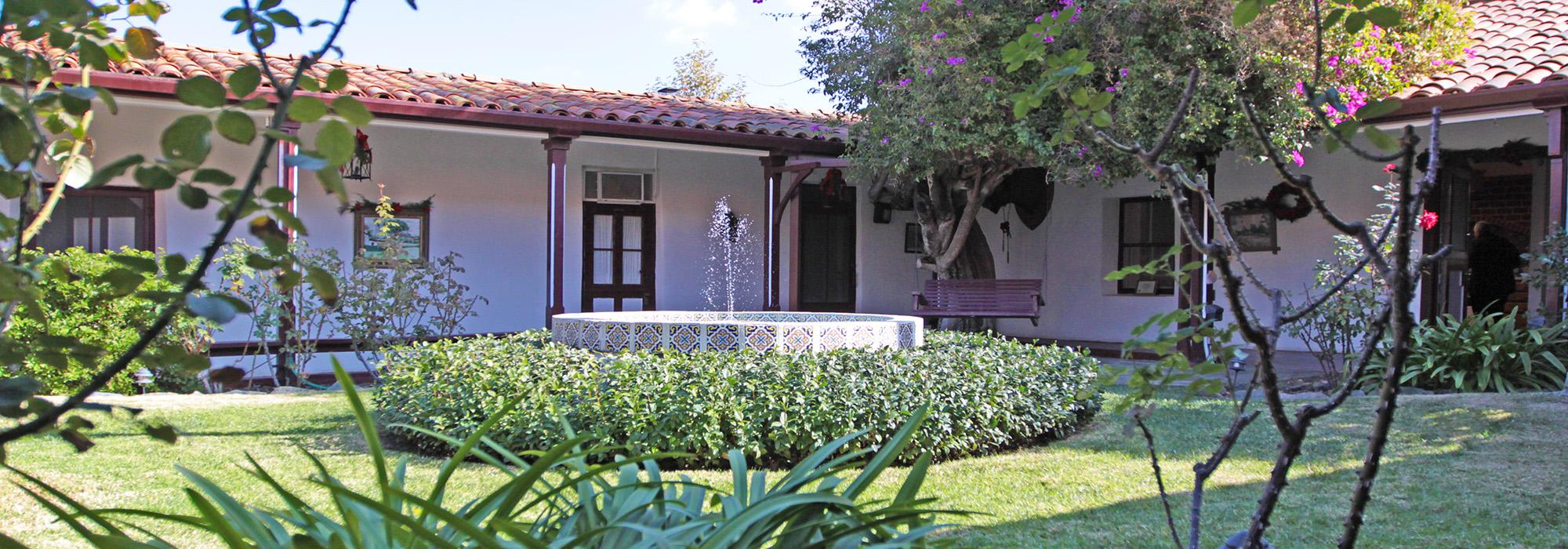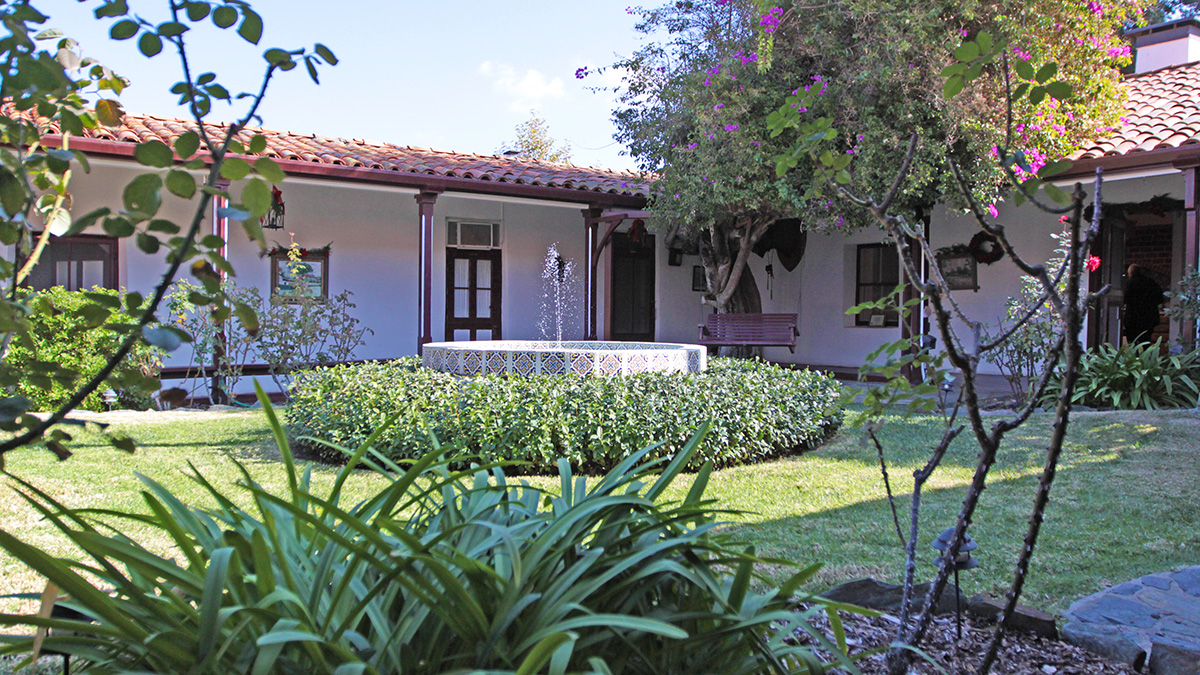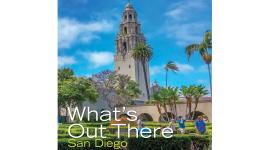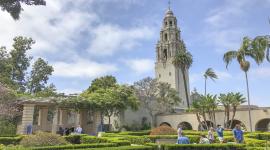Landscape Information
In 1769 Gaspar de Portolá, governor of the Spanish colonial province Las Californias, embarked on a northerly expedition from Baja California and in July of that year camped near an intermittent river, naming it after Saint Margaret of Antioch. Six years later, Juan Battista de Anza travelled a similar route, and together these expeditions established an overland route to San Francisco that later became the Camino Real. In subsequent decades Franciscan missionaries established 21 missions in California, including the Mission San Luis Rey in Oceanside, that used the Santa Margarita ranch to breed cattle. By 1841 more than 130,000 acres of land encompassing the Santa Margarita ranch were transferred by the Mexican government to Andres Pico and his brother Pio, the last Mexican governor of Alta California, and in 1882 Richard O’Neill and James Flood purchased the site. It functioned as a cattle-ranching operation until 1942, when approximately 125,000 acres were acquired by the U.S. government for the creation of a Marine Corps Base (Camp Pendleton).
The original, single-story, eighteen-room ranch house (circa 1841) served as quarters for Camp Pendleton’s commanding officers until 2007. Within the ranch house, a verandah encircles a square internal courtyard with a central fountain surrounded by flowering herbaceous plants. Planting beds, with roses and other flowering shrubs, are located at the courtyard’s four corners.
Encompassing approximately twenty acres within a valley, the complex also contains a bunk house and a small chapel (previously part of a winery, circa 810). Bounded by the Marine Corps Air Station Camp Pendleton to the southwest and a four-acre corral to the northwest, the site’s extensive sloping lawns are interspersed with sweet-olive hedgerows, cacti, palms, and Engelmann Oaks. The complex was made a California Landmark in 1998 and listed in the National Register of Historic Places in 1971.








